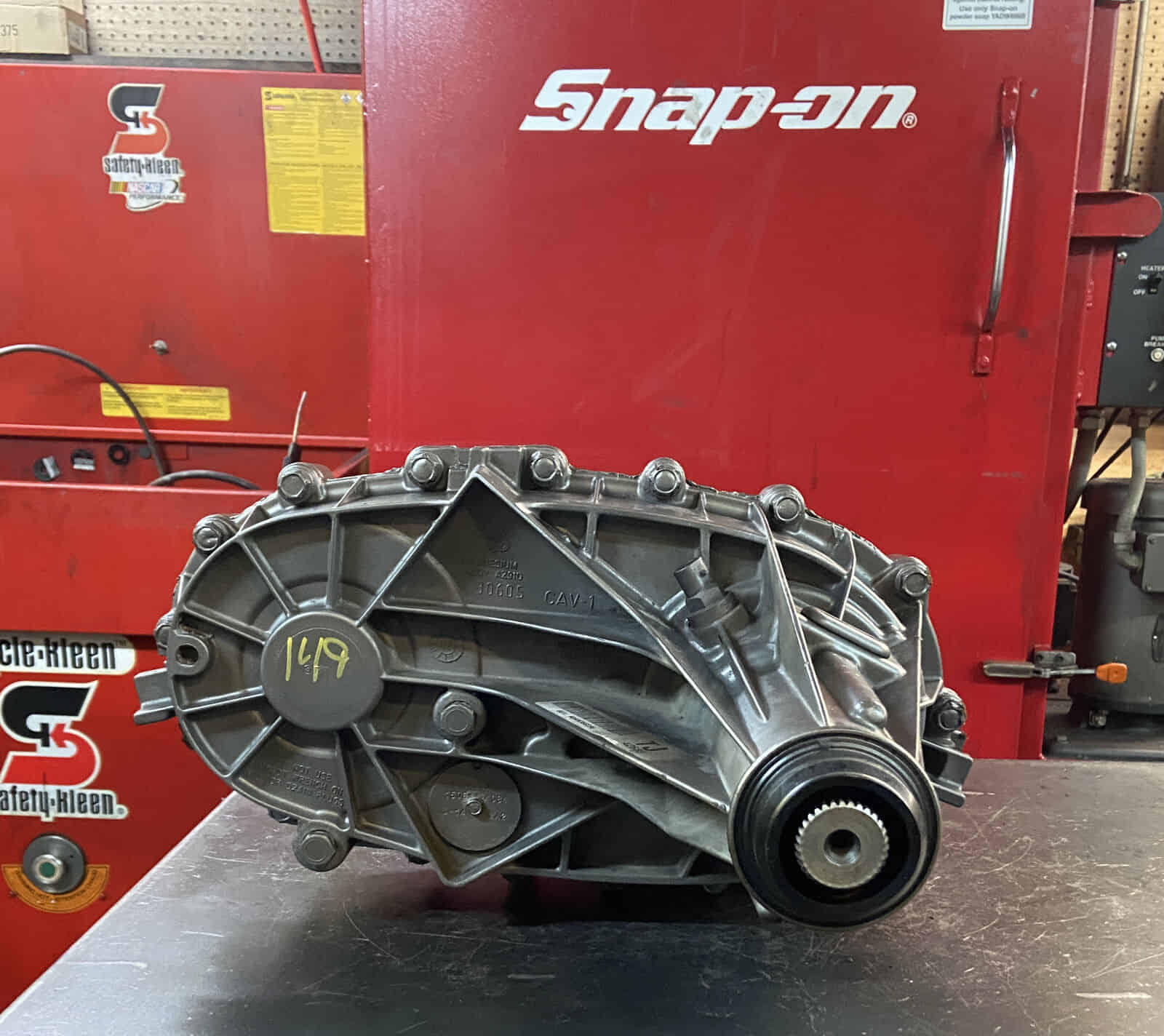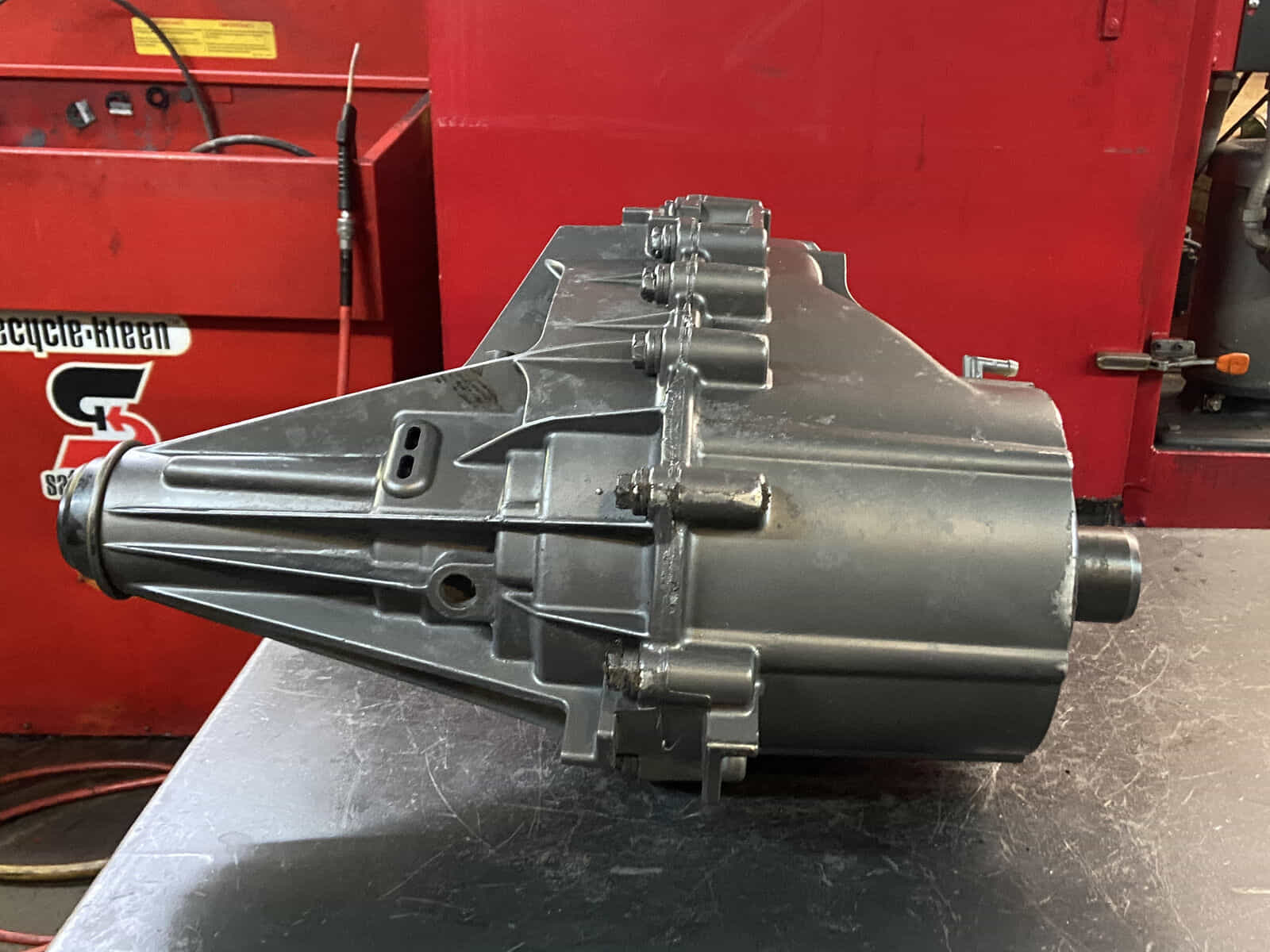You may be thinking about the typical NP149 transfer case problems.
Maybe you have a transfer care in your particular vehicle model. And you would like to be prepared for what issue may arise.
If so, then you have come to the right place. We’ll discuss these NP149 transfer case issues and what these may mean to your vehicle. Let’s jump right into it!

Common NP149 Transfer Case Problems
The NP149 transfer case was generally used in the Denali, Sierra, GMC Yukon (from 2001 to 2005) and Cadillac Escalade from 2000 to 2002.
It is a feature found on vehicles with either the 4WD or AWD capability. This is also integral for letting drivers transition to these modes of operating their vehicles.
A conventional transfer case is located at the rear portion of the transmission. It is also powered by your transmission output shaft. Moreover, this operates as a secondary transmission unit for your vehicle.
There are typically four operation modes for the transfer cases such as two-high, four-low, four-high, and neutral.
Since drivers only engage their 4WD when necessary, the system is referred to as a part-time function of the four-wheel drive.
But the thing is, what happens when your transfer case fails?
NP149 Transfer Case Problems

There are certain signs and symptoms of a malfunctioning transfer case you need to know. Overall, they are intended to last throughout the lifespan of your vehicle. But if you observe these signs, then it may be time to get this feature looked into by a professional.
1. Shifting Problems
The most common NP149 transfer case problem is the difficulty to shift from one gear range to another. While this issue may also be due to a damaged linkage or low level of fluid, an internal failure with your transfer case may also be the case.
This is why you need to double-check your operating manual first. You may have missed something such as coming from a full stop and being in the neutral position before you shift into the 4WD.
If you have a difficulty with preventing your transfer case from popping out of the 4WD, then an external issue may be triggering this. It could be a problem with the driveshaft or differential. In some instances, it may be your internal transfer case, which is why a specialist can help you diagnose and address this problem.
2. 4WD fails to disengage or engage
There are many possibilities why your 4WD system does not disengage or engage. It could be a faulty front axle or shift mechanism, or even an electrical issue. But in other situations, your transfer case may be to blame.
3. Puddle of fluid under the location of your transfer case
Next up, you may observe a puddle of fluid underneath the area where your transfer case is. This means that there is a leak that needs to be checked right away. Jack up the vehicle and have a closer look at the problem – this should help you to identify right away if the rear of your transaxle or transmission has a leak.
4. Odd humming, growling, or grinding noises
And lastly, you may observe some strange sounds each time to shift your speed. Unusual noises such as growling or grinding can be from your transfer case. Mechanical issues including damaged gears, loose chains, and bad bearings may cause these sounds, as well as low fluid level.
Be sure to have these sounds addressed right away to prevent bigger problems from coming up.
Read More: Why Does My Apu Keep Shutting Off? Important Things To Know
Final Thoughts
Most of the time, your transfer case may fail because of wear and tear, poor maintenance, and leaks. This is why no matter what the issue is, you need to have these addressed to prevent further damage to the internal transfer case. You will also have to change the fluid regularly and make sure you get it well maintained.
This way, you can be sure your transfer case lasts a long time and prevent bigger and more expensive repairs from coming up in the future.